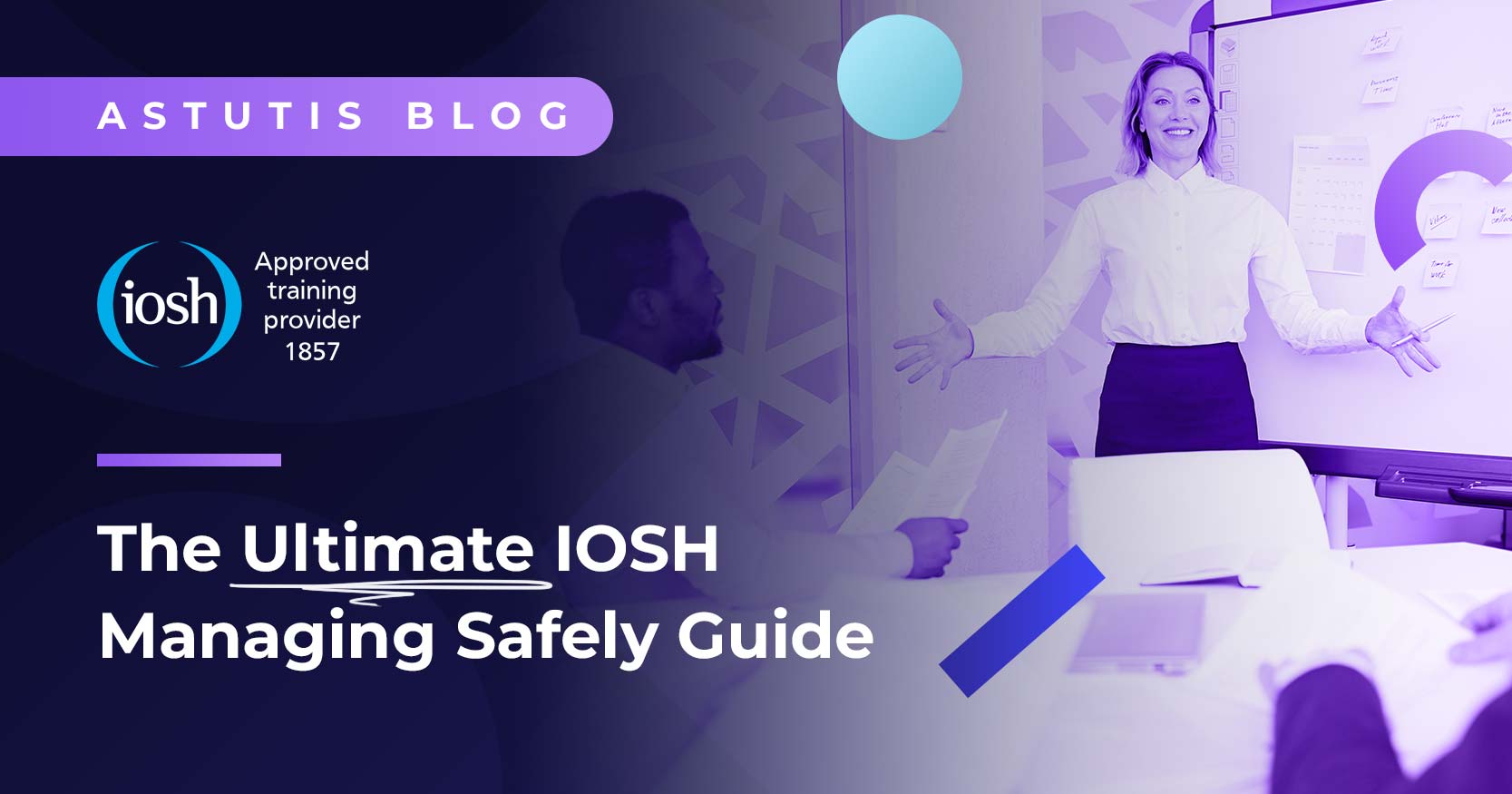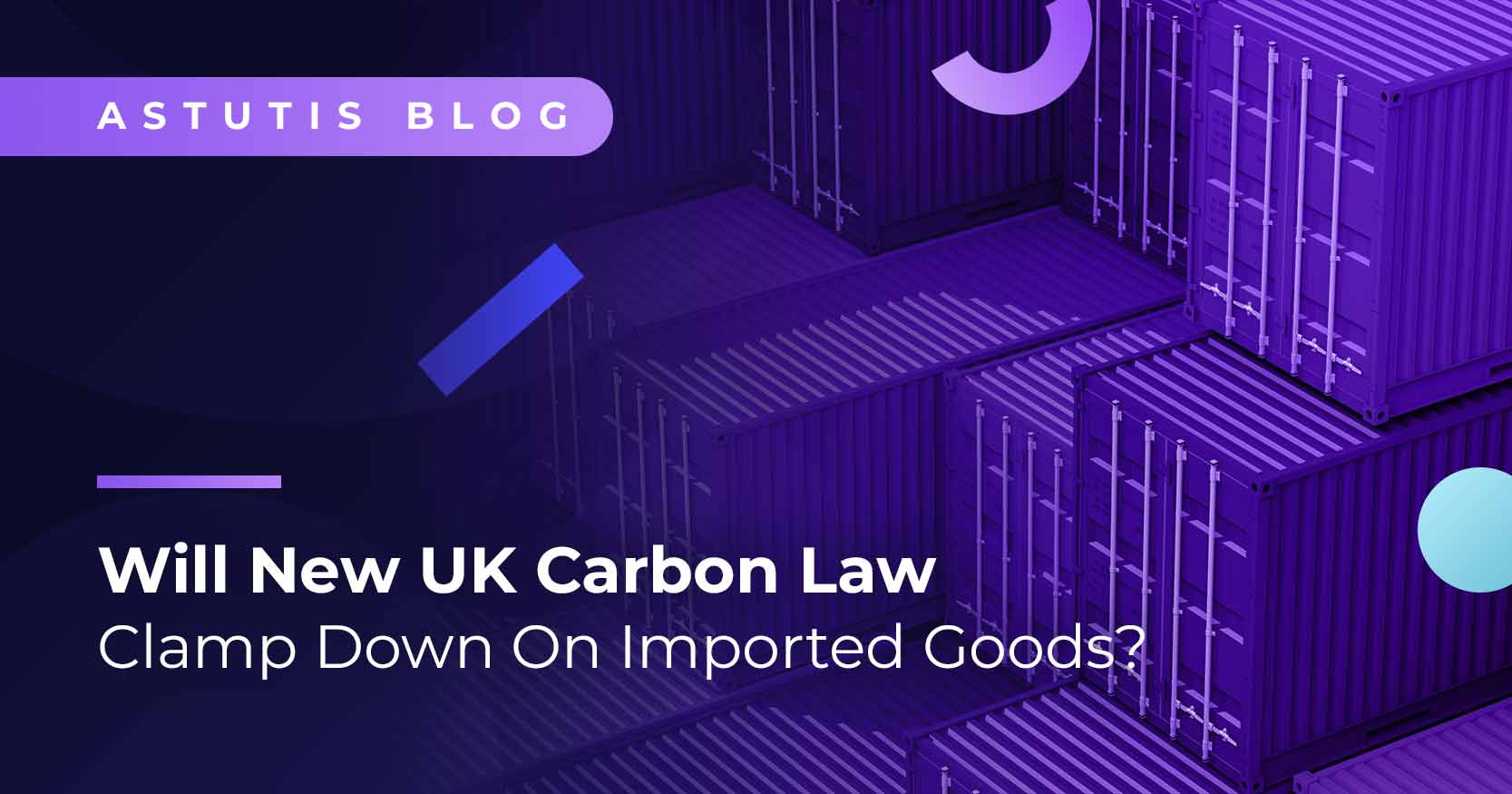11 Tips on Worker Involvement in Safety & Health (WISH)
This blog was updated August 2023
Worker involvement in safety and health (WISH) is a two-way process of collaboration whereby both employers and employees work together to spot, solve and own health and safety problems for the improvement of organisational safety and employee health as a whole.
Supplementary to competent health and safety leadership, access to the right advice and hard skills training, worker involvement plays an integral role in effective organisational safety and health management. Such collaborative working can lead ‘buy-in’ and in turn, increased productivity, profitability and workforce loyalty levels, with research revealing that worker representation and consultation play a significant part in improving safety and health at work. ISO 45001 further emphasises the importance of consultation and worker participation.
Benefits of Combined Worker and Employer Involvement in Health and Safety
A workforce that feels valued and involved in the decision-making process plays an integral role in a high-performing workplace. Empowerment, up-skilling and involvement in making decisions reveals a commitment to worker safety, health and wellbeing.
Benefits of worker involvement in Health and Safety include:
- Lower accident rate
- More positive health and safety climate
- Increased awareness of risk
- Better control of risk
Barriers to Engagement
However, for many, the subject of health and safety can be perceived as complex and off-putting, with key legislation, regulations and requirements difficult to understand. A general awareness of the role of HSE can be low, and often associated with enforcement rather than prevention in many organisations.
Barriers to engagement (most arise from lack of application of soft skills):
- Fear
- Respect
- Age/experience
- Terminology
- Transient workforce
- Lack of understanding and awareness of the meaning of health and safety
- A perceived complexity of health and safety legislation and regulations
- Remote/peripatetic workers
- Cultural attitude in the workplace - value attached to involvement in health and safety and belief that the implementation of health and safety is costly (in terms of both time and resources)
- A general belief that good health and safety practices prevent quick and efficient working
- No desire to engage by all parties
- People failing to recognise what they are good at
- Managers not aware of the benefits - issues relating to the time and cost incurred through the implementation of good practice
- Staff often seen as a number
- Managers often under too much pressure to use soft skills (easier to give out orders)
11 Tips on Engaging Workers
- Rome wasn’t built in a day – like any new business process, engaging workers will take time. While you can expect to achieve some results in the short term, many organisations report that it can take up to 5 years to embed a new process.
- Refine and re-define - worker involvement in health and safety should be viewed as a continuing process and never to be considered ‘complete’. Organisational safety should continually seek to evolve and adapt to environmental as well as technological factors.
- Take a top down approach – senior directors, managers and supervisors should lead by example. If there is visible support for a ‘worker involvement culture’, the job of adoption and positive ‘buy-in’ will be made easier. Key addresses at meetings, dissemination of messages, instructing managers and making the subject a boardroom issue will all serve to reinforce a lead from the top approach which will serve to permeate operations.
- Communicate – explain the key objectives in a clear and consistent manner. Use terminology that workers will understand and be receptive too. Explain the importance of involving your workforce in matters of occupational health and safety and the potential outcomes of buy-in. Analogies, workplace scenario development and key statistical data can help reinforce your message.
- Account for opinions – arrange an employee opinion survey. Act on the results - suggestions/comments/shortfalls. Openness and visibility here will secure you credence as employees see a clear commitment and that you are valuing their involvement and taking their opinions seriously.
- Feedback –if you are acting on suggestions, make sure that you provide the employee who offered the suggestion with appropriate feedback. Even if you are unable to act on the suggestion, a response (including credible reasons why) will be valued. An employee’s viewpoint should be taken seriously – these are your ‘front line’ staff after all. Consider a central area for storing these suggestions and their responses that can be accessed by everyone.
- Engage – your workforce at all levels in the hierarchy. Use different tactics for the various different groups and possibly even at an individual level – e.g. email might not work on the factory floor or in a warehouse. However, some factories may have adopted ‘pc kiosks’ for central sources of information (combined processes, holiday forms, emails etc) - however this does heavily rely on a proactive workforce when considering WISH and may need to be supported with reinforcing measures.
- Walk the walk – be seen, conduct site walk-abouts and talk to staff. Consider assembling small groups of staff regularly to conduct safety observation walks without seeming like ‘big brother’.
- Maintain – a system of reporting accidents, near misses, problems or complaints and ensure anonymity. While this can be key in initial engagement efforts, few organisations get this right in the longer term and use it as a valuable tool to shaping organisational health and safety culture.
- Allocate - representatives and further ensure that these reps. receive the appropriate training covering the soft skills they will need (eliciting views, presenting a case, feeding back to colleagues) as well as in health and safety. While people are generally reluctant to volunteer as a representative of employee safety, it may be worth having an informal chat with those employees you consider might make good health and safety reps. Look for the appropriate skill set and lend credibility to your efforts. Consider offering inducements and rewards – financial or otherwise.
- Ensure - committees have a balance of employee representatives and managers. While leadership from the top is vital, senior management might consider being absent from parts of meetings in the initial stages to ensure that there is no intimidation from speaking up.
Improved communication is essential for promoting WISH. Increased emphasis should be placed on face-to-face methods, avoiding densely written, detailed information that is considered difficult to digest and understand for a large percentage of the workforce.
Opportunities for Engagement Using Soft Skills
- During annual appraisals
- Through recognition
- Through praise
Incentives to Involvement
- Salary addition/promotion
- Time allowed for training and carrying out the responsibilities within working hours
- A reduction in the scope of the employee’s ‘normal’ job.
- Employee financial incentives
- Employer financial incentives – tax breaks attached to investment in health and safety initiatives, grants for courses and training, linking health and safety to insurance premiums (an existing HSE initiative).
Cultural change lies at the heart of any proposals for change and organisations in all sectors need to address the key issues fundamental to an effective WISH strategy. Employers need to continually work with employees and employee representatives to address occupational safety and health issues in the workplace. Workers should be encouraged to become involved in health and safety in their workplaces and offered opportunities to become representatives and furnished with the necessary training and support to be confident in their roles. Furthermore, managers need an appropriate understanding of how to best engage their staff and the associated benefits.
Representatives of employee safety should further be afforded the same rights as union-appointed 'health and safety representatives'. Positive health and safety cultures are ones in which there is trust and workers are encouraged to raise any issues they may have.
When developing your WISH policy, ensure you take the views of shift-workers and part-time workers into account. You may want to take staff to a neighbouring organisation with an effective programme of WISH. Either way, WISH will not happen unless there is a genuine commitment to a ‘no-blame’ culture.
Want to gain more knowledge of general health and safety? The NEBOSH General Certificate is the perfect starting place. Click the button below to view the NEBOSH General Certificate.
Related Blogs

Real Life Stories









